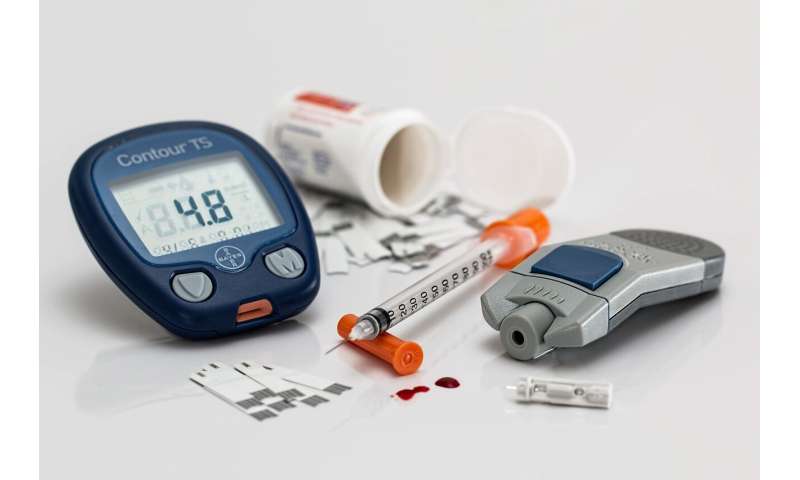
About 50,000 Danish diabetic patients are treated with GLP-1-based medicine. GLP-1 is a hormone that reduces the blood sugar and inhibits the appetite, and it is a frequent treatment for type 2 diabetes and obesity. A known side effect of this particular treatment is that it increases patients’ markers for pancreatitis.
Now, research from the Faculty of Health and Medical Sciences shows that the increased markers are not a sign of pancreatitis, but that the medicine is creating a new normal state, a so-called new steady state, in the patients. The new knowledge can contribute to the safety of GLP-1-based medicines worldwide.
“The increased biomarkers should not be interpreted as a sign of disease. Our study shows that GLP-1 treatment makes the pancreatic cells ‘work’ a bit more than they usually do. Instead of running around the soccer field once, they do it twice. And that in itself is not dangerous. It is something you also see in other contexts,” explains Resident Medical Doctor and Assistant Professor Nicolai Albrechtsen from the Department of Biomedical Sciences and the Novo Nordisk Foundation Center for Protein Research at the Faculty of Health and Medical Sciences and Rigshospitalet.
New Steady State
Precisely because GLP-1-based treatment is a very frequently used treatment for diabetes and obesity, there has been international focus on detecting and understanding dangerous side effects—and thereby also on the increased markers of pancreatitis.
Since 2012, in collaboration with Rigshospitalet and Hvidovre Hospital, the researchers have conducted cell and animal studies and now also a human trial, supporting that GLP-1-based treatment does not increase pancreatitis, but rather increases the activity of the cells.
“We have recruited 17 overweight people who are suitable for receiving the maximum dose of GLP-1. Simultaneously with the treatment, we have monitored their possible development of pancreatitis by means of a particularly advanced imaging technique undertaken by Professor Andreas Kjær from the Department of Biomedical Sciences and Rigshospitalet. The patients did not develop inflammation, but their level of pancreatic enzymes, the biomarker of pancreatitis, increased. At the same time, we could see that the cell activity rose to a new normal level,” says Nicolai Albrechtsen.
In the study, the test subjects were examined by means of blood samples and the special imaging technique PET-MRI before, during and after treatment with GLP-1. The PET-MR technology provides a special tracer that can show those cells in the body that are in a so-called active cell cycle. At the same time, inflammation in and around the cells can be seen.
Source: Read Full Article
